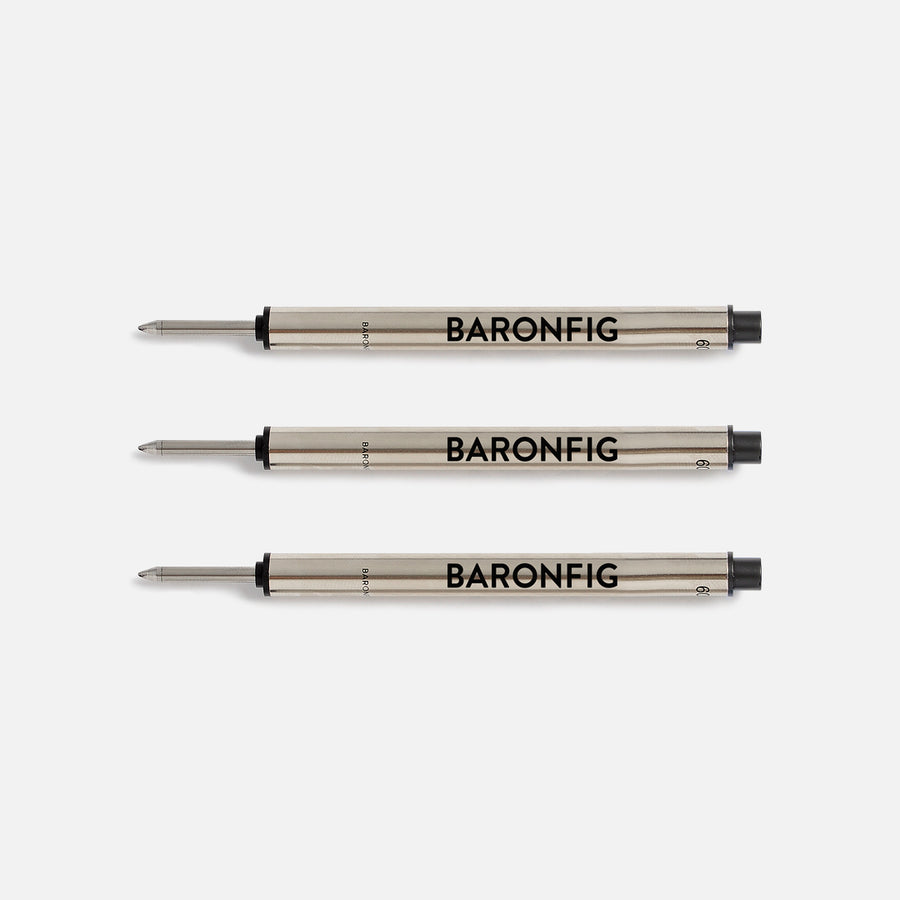Poetry is one of the oldest forms of literary expression; transcending time and culture to deliver messages of love, war, beauty, and introspection. The evolution of poetry is a testament to the human desire to communicate and connect on a deeper level.
Let's explore the rich history of poetry, its various forms, and its impact on society and culture throughout the ages.
The Dawn of Poetry
The history of poetry dates back to prehistoric times when oral traditions dominated human expression. Early poems were recited or sung (often accompanied by musical instruments) to remember history, genealogy, and law. They were an integral part of rituals and ceremonies.
The oldest surviving poem, the Epic of Gilgamesh, dates back to the third millennium BCE in Sumer (now Iraq). This epic poem tells the story of Gilgamesh, a king who embarks on a quest for immortality. Another ancient piece, "The Iliad" and "The Odyssey" attributed to Homer, portrays the events of the Trojan War and its aftermath. These epic poems laid the foundation for Western literary tradition and have influenced countless works throughout history.
Through the Ages
From societal and philosophical ideas to the deeply personal experiences of individuals across centuries, poetry has had a dynamic journey.
- Ancient Greek and Roman Poetry: The Greeks and Romans contributed significantly to the evolution of poetry. The Greeks, with their rich myths and legends, introduced epic, pastoral, and lyric poetry. Sappho, one of the earliest known female poets, is famed for her lyric poetry expressing passion and love. Meanwhile, the Romans, led by poets such as Virgil and Horace, further developed these styles and introduced satire into poetry.
- Medieval Poetry: The Middle Ages saw the rise of romantic and religious poetry. In Europe, the troubadours of Provence composed lyrical poems of courtly love. Dante Alighieri’s "Divine Comedy," written in the early 14th century, remains significant; guiding readers through Hell, Purgatory, and Paradise.
- Renaissance and Beyond: The Renaissance was a golden age for poetry, with William Shakespeare, John Donne, and Edmund Spenser leading the way. Their works explored themes of love, beauty, and morality. The following centuries saw the emergence of various movements, including Romanticism, with poets like William Wordsworth and John Keats, who emphasized emotion and nature.
Types of Poetry
Poetry comes in many forms and is ever-expanding. Each poem offers different ways to express emotions, tell stories, or convey messages. Below are 20 different types of poetry:
- Acrostic: The first letter of each line spells out a word or message.
- Ballad: Narrative verses, meant to be sung or recited, often telling folk stories or legends.
- Blank Verse: Written in regular metrical but unrhymed lines, almost always in iambic pentameter.
- Cinquain: A five-line poem with specific requirements for the number of syllables in each line (typically 2-4-6-8-2, but variations exist).
- Concrete ("Shape"): Arrange the typographical elements of words to make a particular shape on the page; contributing to the poem's overall effect.
- Elegy: A mournful, contemplative lyric poem written to commemorate someone who died, often ending in consolation.
- Epic: Long, narrative works about heroic deeds or historical events.
- Found: Created by taking words, phrases, and sometimes whole passages from other sources and reframing them as poetry by changes in spacing and lines, or by adding or deleting text, thus imparting new meaning.
- Free Verse: Poetry without a fixed pattern of meter or rhyme; allowing complete freedom.
- Ghazal: Consists of couplets that share a rhyme and a refrain that traditionally express love, pain, or the beauty of nature. Each line must contain the same number of syllables.
- Haiku: A Japanese form consisting of three lines with a 5-7-5 syllable pattern, typically reflecting on nature.
- Limerick: A light, humorous poem consisting of five lines. The first, second, and fifth lines have a rhyme scheme of AABBA and usually have three feet of three syllables each. The third and fourth lines are shorter with just two feet of three syllables each.
- Lyric: Short, emotive poems expressing personal feelings or thoughts.
- Narrative: A form of storytelling, often using the voices of a narrator and characters. The entire story is usually written in metered verse and does not have to follow rhythmic patterns.
- Ode: A form of lyric poetry that is typically earnest and meditative, often addressing and celebrating a particular subject, object, or event. Odes have various structures but are generally longer and have a more formal tone.
- Pastoral: Romanticizes life in a natural environment, often idealizing the serenity of the simple life.
- Sestina: A complex, 39-line poem consisting of six stanzas of six lines each, followed by a three-line envoy. The end words of the first stanza repeat in a varied order in the following stanzas and are collected in the envoy.
- Slam: A competitive form of spoken word performance where poets deliver their original work—emphasizing expression, emotion, and performance.
-
Sonnet: A 14-line poem with a specific rhyme scheme, often exploring themes of love.
- Sonnet Sequence: A series of sonnets, often linked by the same theme or person—exploring complex subjects from different angles.
- Villanelle: A 19-line poetic form consisting of five tercets followed by a quatrain, with two repeating rhymes and two refrains.
The Modern Era
The 20th century saw dramatic shifts in poetry, with movements like Modernism and Postmodernism breaking from traditional forms and themes. Poets like T.S. Eliot and Sylvia Plath experimented with structure, language, and themes to reflect the complexities of modern life.
Today, poetry continues to evolve, incorporating digital formats and reflecting the diversity of our global society. Slam poetry and spoken word have brought poetry back to its oral roots, emphasizing performance and personal expression.
Moving Forward
The history of poetry is as rich and diverse as the human experience itself. From ancient verses to modern lines, poems offer a unique lens through which we can understand the world and ourselves. It reminds us of our shared humanity and the timeless quest to articulate what it means to be alive.
As long as humans have stories to tell and emotions to express, poetry will remain an essential part of our cultural fabric. How can you incorporate the transformative power of poetry to enhance your life and for others?
Write your heart’s content with a Draft Writing Squire Pen.













